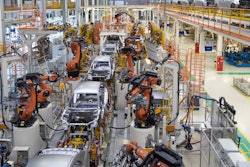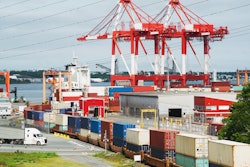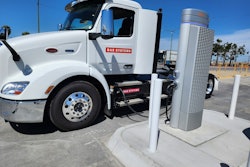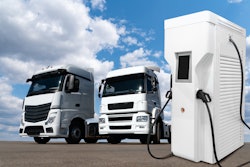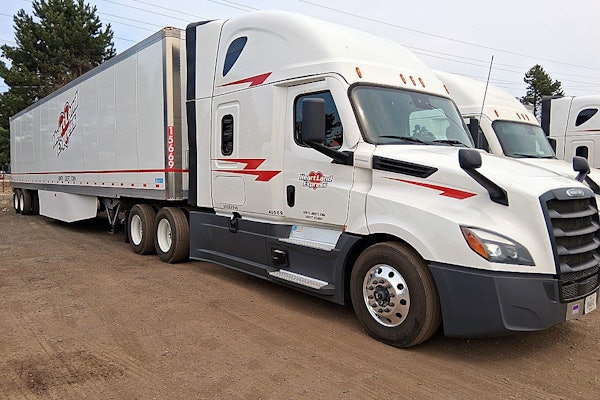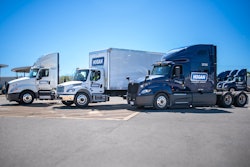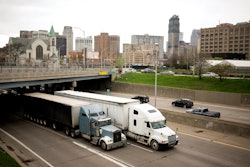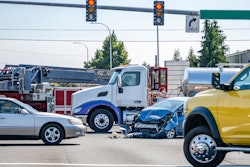I spend a lot of time annually in an airplane.
According to a ticket I was issued for an upcoming flight from Alabama to Wisconsin, the total carbon footprint of my trip is 1,054 pounds of CO2.
Domestic flights have the highest carbon footprint per miles traveled than any other mode of transport. Flying in general (short haul, long haul and domestic), accounts for three spots in the top five. People need to get places, and the idea of an electric plane is kind of silly, right? Would you fly in one? I wouldn't.
Sustainable aviation fuel (SAF) is available, although not widely used. It's also pretty expensive. According to the Sustainable Fuels Data Center, SAF can reduce greenhouse gas emissions by up to 94% compared to conventional jet fuel. According to aviation operations and software development i6 Group, roughly half a million flights have taken off using a mix of SAF and traditional fuels, and more than 50 airlines around the world now have at least some experience with SAF. Yet SAF still only accounts for approximately 0.1% – one-tenth of 1% – of all jet fuel used worldwide, according to i6 Group.
According to the U.S. Department of Agriculture, production of renewable diesel – a drop-in biofuel that doesn't need to be blended with traditional diesel – has grown from 40 million gallons in the 2010-2011 marketing year to 2.3 billion gallons in 2022-2023, surpassing biodiesel production for the first time. Nearly 3 billion gallons of renewable diesel were consumed in 2023 (about 2 billion in California). Biomass-based diesel accounts for about 60% of the California diesel pool while the rest of the U.S. is in the low single digits, according to USDA.
Renewable diesel reduces carbon dioxide emissions by 4.2% compared to petroleum diesel, according to the National Renewable Energy Laboratory. It's mostly only available from California, Oregon and Washington, but the fleets I talk to that use it absolutely love it. It has everything you want from an alternative energy source: cost parity with diesel; requires no special upfits or equipment, and it's fully blendable with regular diesel in case you need to fill up with "regular."
Those two industries – trucking and air travel – are vital parts of the supply chain but are at odds in their paths to clean energy.
I've not even gotten to trains, marine freighters and any and everything else with an exhaust pipe. Emissions are a battleground, yet none of these modes, while all important, move more than 70% of domestic freight like trucking does.
A report released in March by the Clean Freight Coalition (CFC), an alliance of truck transportation stakeholders whose founding members include the American Trucking Associations and Truckload Carriers Association, among others, claims battery electric trucking is an almost $1 trillion proposition.
That number was almost immediately decried by some as a boogeyman – one arbitrarily picked and concocted because it was so big it would get the attention of any D.C. lawmakers who might be on the fence with climate change, or air quality or anything else emissions related. Others pointed to the $1 trillion figure as conservative since it doesn't even account for equipment acquisition costs.
I don't know how much any of this is going to cost, other than "a lot." I don't know how painful any of this is going to be, other than "a lot." What I do know is how confusing all this is: a lot.
I talk to fleet operators often, and many note that in just the last four or five years, battery technology and capability has changed a lot, but their understanding of how these trucks could feasibly integrate into an actual working fleet hasn't changed a lot. Five years of innovation and five years of improvement is a lot, but it's led to almost a zero change in understanding of how all this works, how to make it work, or what is required and what is mandated by who and where.
Complicating things further is an election cycle that could potentially undo some emissions regulations, while leaving others untouched, setting up a showdown between California, and a handful of other states, versus everyone else. When GHG Phase 2 passed in 2016, I recall the discussion of one day there needing to be engines that are state-specific. No one wanted that, but that's exactly what is happening. Volvo and Paccar each have a CARB-compliant engine that sits in the order book right alongside another engine almost exactly like it that is compliant in just about every other state.
The last time a group of states got together and decided to do their own thing, we mired ourselves in a war that lasted 4 years, 1 month and 2 weeks. Clearly no one is picking up a musket over greenhouse gas regulations, but there's also no great orator waiting in the wings to deliver the New Age Gettysburg Address to put us all back on the same page, either.




